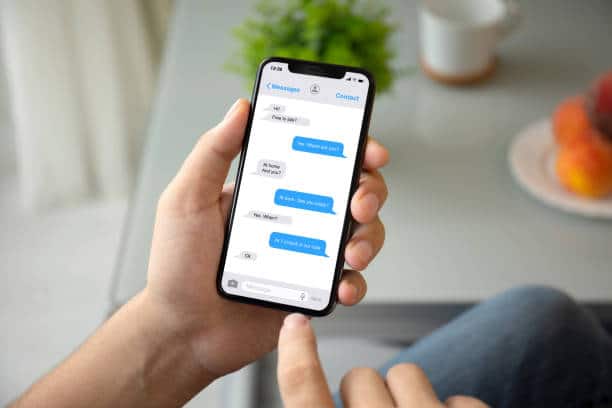Are you the type who sends messages without instantly stating your main point? Do you know that it can cause anxiety and could waste other people’s time?
In digital communication, we frequently come across individuals who begin communications with basic salutations such as “hi” or “hello” before progressively addressing the main topic of their message. Although this practice is frequently used in casual discussions, people who prefer direct communication may need clarification or annoyance, particularly in formal or time-sensitive situations.

Many people use greetings as a warm-up in conversations, allowing them to build rapport with one another before getting right into the subject at hand. This kind of communication is considered courteous and respectable in various cultures as it makes the communication feel less transactional and more intimate by enabling the sender to ascertain the recipient’s disposition and level of engagement.
However, it is only for some. Others may find this form of communication to be unproductive.
In a Facebook post, a social media influencer reminded those who engage in this habit to be mindful of other people’s time. Sending communications gradually might cause delays in situations where timing is crucial, like in the workplace. It can cause the recipient to wait for essential information that could have been communicated sooner rather than later. Being considerate of others’ time is a key aspect of effective communication.
This indirect method can be complicated in the fast-paced digital world of today, where conciseness and clarity are frequently valued. For example, when someone says “hi” without context, the recipient may not know how to reply or may have to wait for the sender to get to the point. This lack of clarity can lead to misunderstandings and potential delays.
Additionally, it can make people anxious because they will overthink what you might be trying to say to them without giving them any additional information. A study revealed that fear of rejection, worries about how the other person would interpret their message, or just the overwhelming nature of ongoing digital communication are the leading causes of ‘text anxiety.’
Over time, these emotions may feed a worry loop in which people stress out by replaying conversations or closely examining every word, emoji, and punctuation mark.
A gentle reminder
It’s crucial to realize that this communication approach has no inherent problems, which is fine.
However, It is essential to be mindful of others who aren’t up to this practice because they could have social anxiety. When the sender is uncomfortable starting a discussion or just looking for a way to ease themselves in, it may be motivated by a need for connection. It’s also a popular tactic to avoid seeming very direct, which may be interpreted as rude in some cultures.
Even though message-by-message communication can appear sluggish or oblique, it frequently contributes to a more casual human exchange. Achieving a harmonious balance between courteous introductions and unambiguous communication is crucial to guaranteeing that discussions stay productive and respectful of people’s preferences.
It’s our responsibility to find this balance in our communication and be mindful of texting etiquette.
Other POP! stories you might like:
YouTube faces lawsuit for allegedly being ‘too addictive’ and ‘causing mental health issues’
This Bishop’s reaction after learning that Pope Francis named him a cardinal is so real
Janice Combs defends son ‘Diddy’ amid sexual assault allegations

